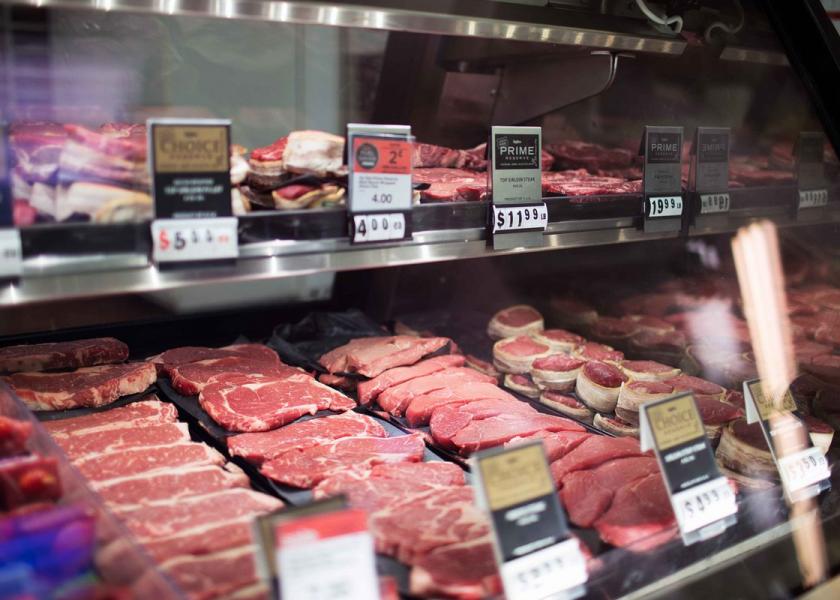Meat A Primary Objective of Shoppers: 2022 Power of Meat Report

Despite changing behaviors and influences of the pandemic, meat products remain a primary purchase objective for consumers. According to the 2022 Power of Meat report, nearly all American households (98.5%) purchase meat, with volume sales up 3.9% for all meat compared to pre-pandemic levels.
The increase is due, in part, to several grocery shopper trends resulting from the COVID-19 pandemic, including increased home cooking, record-high online shopping, and a shift to digital sources for recipe inspiration.
The 17th annual Power of Meat report was conducted by 210 Analytics LLC on behalf of FMI—The Food Industry Association and the Meat Institute’s Foundation for Meat and Poultry Research and Education, and sponsored by Cryovac, A Division of Sealed Air.
The study found 74% of Americans describe themselves as meat eaters, and meat department visits declined slightly less in 2021 (50.4 visits per shopper per year), but shoppers spent a little more during each trip.
“The Power of Meat shows Americans continue to count on meat’s taste, quality, convenience, and value throughout another unusual and challenging year,” said Julie Anna Potts, president and CEO of the Meat Institute. “The Meat Institute and partners in the Protein PACT for the People, Animals and Climate of Tomorrow will continue to deliver information and innovation for the 98.5% of American households that purchase meat, continuously working to support healthy families, healthy communities, healthy animals, and a healthy planet.”
In response to higher prices and inflation pressures, shoppers are eating out and ordering in from foodservice less often, while trying to recreate restaurant experiences at home instead, and have adjusted retail meat purchase habits. Volume remains significantly above pre-pandemic levels for fresh (up 3.7% since 2019) and prepared meats (up 4.3% since 2019). Fresh beef volume increased nearly 5% since 2019, bacon 7%, and fresh lamb sales increased nearly 20%.
More meat consumers shopped online than ever (61%, up from just 39% in 2019), and nearly half of meat shoppers (46%) today shop online regularly.
Seeking Cooking Inspiration for Meat
Americans are eating 80% of meals at home (down from 88% at the pandemic peak in April 2020), and 57% prepare four to seven dinners per week with meat. More than half of meat shoppers (51%) say websites, apps, and social media are their top resources for meat preparation advice.
Of those who search online for meat cooking tips and ideas, 72% use Google or another search engine and 57% use YouTube. Pinterest, Instagram, and TikTok are particularly popular with Generation Z and millennials—used by around half of shoppers in those generations for discovering meat preparation inspiration. For example, 53% of Generation Z find meat inspiration on TikTok, compared to just 4% of Boomers. The top three searches for all generations are by type of meat, specific cuts, and specific preparation methods (like air fryers).
“Shoppers’ Meat IQ is higher than ever, and the Power of Meat shows they are looking for even more ways to purchase meat and get inspiration for preparing meals,” said Rick Stein, vice president of fresh foods for FMI—The Food Industry Association. “Retailers are constantly working to give shoppers more choices in the meat department and further enhance in-store and online shopping options.”







